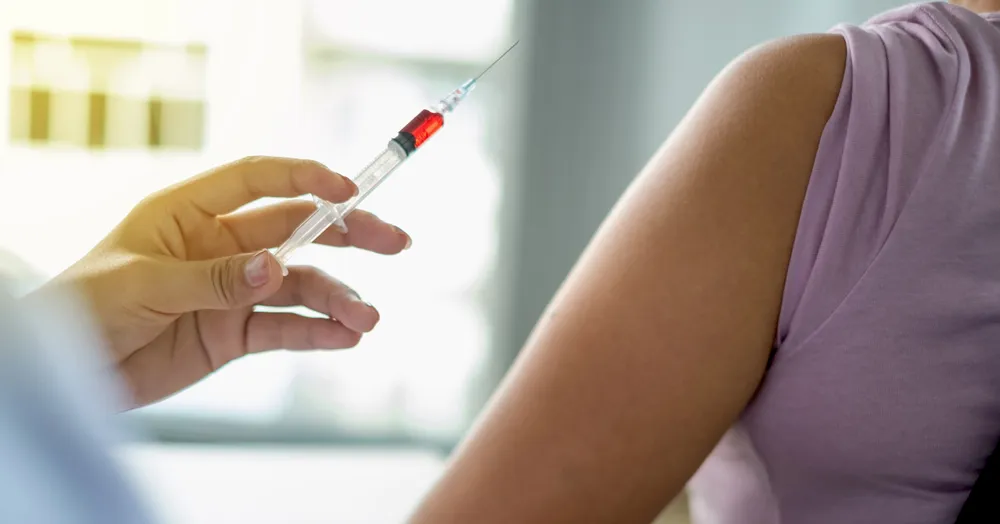Endotoxins Incl. Bacterial Endotoxins Testing

What is the Bacterial Endotoxins Test?
Bacterial Endotoxin Testing (BET) detects or quantifies endotoxins from Gram-negative bacteria using Limulus Amoebocyte Lysate (an aqueous extract of blood-cells) from Horseshoe crabs, which clots in the presence of endotoxins.
What are Endotoxins?
Endotoxins, also referred to as Lipopolysaccharides, are a component of the outer membrane of Gram-negative bacteria. Therefore, endotoxins are widely present in the environment, including dust, animal waste, foods, and other materials generated from, or exposed to, Gram-negative bacterial products. Endotoxins are the most common form of Pyrogen (a fever inducing substance). Potent toxins, and highly pyrogenic, endotoxins are relatively harmless outside of the body, or if ingested. However, they can be extremely potent, and dangerous, once introduced to the bloodstream, or intrathecally (via the spinal cord) by contaminated parenteral (non-oral) pharmaceutical drugs, or medical devices.

Why is Bacterial Endotoxin Testing important?
Endotoxins have the ability to induce a high fever and trigger a significant inflammatory response. A large enough does can lead to organ failure, septic shock, and death. Ensuring that parenteral pharmaceutical drugs and medical devices are free from endotoxins is essential for the protection of vulnerable, high-risk patients such as the elderly, infants, and the immunocompromised. Endotoxins are very difficult to remove from finished products, so testing of raw materials, water for injection systems, in-process samples, and final products is essential to ensure the absence of endotoxins.
How Does New Jersey Laboratories Test For Bacterial Endotoxins?
Here at New Jersey Laboratories we follow USP guidelines, as well as those set forth by ANSI/AAMI ST72:2011/(R)2016 as required by the FDA. In this way we can ensure that we have the most up to date methods to accurately test your products for safe use by the general public. The Bacterial Endotoxins Test can be performed via the 3 accepted USP <85>:
Gel-Clot
Kinetic Turbidimetric
(Performed on Pyros Kinetix Flex)
Kinetic Chromogenic
(Performed on Pyros Kinetix Flex)
The sensitivity of these tests can be adjusted to suit the client’s needs, as low as 0.001 EU/ml when utilizing the Kinetic methods.
What Are The Pros And Cons Of Each Endotoxin Testing Methods ?
- Gel-Clot (Pros): The accepted USP standard for Bacterial Endotoxins testing, Gel-Clot testing is the simplest, fastest, cheapest, and oldest of the 3 methods, and works by the production of a clot by Limulus Amoebocyte Lysate when in the presence of endotoxin. The Lysate reacts with endotoxin to cleave the protein coagulogen into coagulin, resulting in clotting.
- Gel-Clot (Cons): Testing via Gel-Clot is qualitative, and can only be made semi-quantitative utilizing multiple tests over many dilutions. It is also the least sensitive of the 3 USP methods.
- Kinetic Turbidimetric (Pros): Quantitative over a large range with greater sensitivity, the Kinetic Turbidimetric method works by measuring the turbidity created by the LAL-endotoxin reaction as it begins to form a gel. The time it takes for the gel to form is inversely proportional to the amount of endotoxin in the sample (more endotoxin causes the gel to form in less time). This allows quantitative data to be extrapolated from samples when compared against a standard curve.
- Kinetic Turbidimetric (Cons): Kinetic Turbidimetric testing requires additional equipment such as a spectrophotometer, a computer, and software to interpret data. It also requires more reagents as a standard curve must be performed, the reagents are not as cheap as those used for Gel-Clot, and the test takes longer to run. Also, samples with a strong color may cause interference with the absorbance values given by the spectrophotometer.
- Kinetic Chromogenic (Pros): Similar to the Turbidimetric Method, Kinetic Chromogenic is also highly sensitive and works over a large range of concentrations. This method works by utilizing an enzymatic reaction to cleave a substrate that releases a yellow color which is then measured by a spectrophotometer and compared against a standard curve.
- Kinetic Chromogenic (Cons): Having many similarities to the Turbidimetric Method, the Chromogenic Method requires additional equipment such as a spectrophotometer, a computer, and software to interpret data. It takes longer to run, requires more reagents as a standard curve must be performed, and these reagents are the MOST expensive of the 3 methods as the substrate required is time consuming to synthesize. Once again, samples with a strong color my cause interference with absorbance values given by the spectrophotometer.
What are the requirements for Bacterial Endotoxins Testing at NJ Labs?
Before a sample can be routinely tested at NJ Labs, Method Development/Validation must be performed. The endotoxin limit as defined by regulatory agencies for your product, is also required to perform testing.
References:
- F. Thomas, “Putting Endotoxins to the Test,” Pharmaceutical Technology 43 (7) 2019.
- https://www.fda.gov/inspections-compliance-enforcement-and-criminal-investigations/inspection-technical-guides/bacterial-endotoxinspyrogens
- https://www.fda.gov/regulatory-information/search-fda-guidance-documents/guidance-industry-pyrogen-and-endotoxins-testing-questions-and-answers
- USP43-NF38 -6508 <85> Bacterial Endotoxins Test
- P.J. Bertics, M.L. Gavala, L.C. Denlinger “Encyclopedia of Respiratory Medicine”, 2006 (pages 80-85)[CS1]